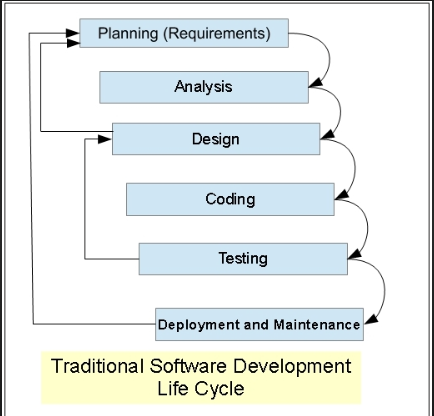
Roles and Responsibilities of a QA Analyst
A Quality Assurance (QA) Tester is a critical member of a software development team responsible for ensuring that software products meet the quality standards and requirements of the client or end-user. The role of a QA tester involves a range of activities, from analyzing requirements to designing test cases, executing tests, and reporting bugs. In this blog, we will discuss in detail the roles and responsibilities of a QA Tester.
Roles of a QA Tester:
Analyzing Requirements
A QA Tester is responsible for analyzing the software requirements and understanding the expectations of the end-user or client. This involves studying the requirements documentation, identifying ambiguities or inconsistencies, and communicating with the development team to clarify any questions or concerns.
Designing Test Cases
Once the requirements are understood, a QA Tester will design test cases that will ensure that the software meets the expected requirements. Test cases should cover all possible scenarios, including positive and negative testing.
Executing Tests
A QA Tester will execute the test cases to ensure that the software functions as expected. This includes manual testing as well as automated testing.
Reporting Bugs
If any bugs or defects are identified during testing, a QA Tester will report them to the development team, along with detailed steps to reproduce the issue. The QA Tester will also work with the development team to ensure that the bugs are fixed in a timely manner.
Tracking Test Results
A QA Tester will track the results of the tests and report them to the project manager or client. This includes metrics such as the number of test cases executed, the number of bugs found, and the overall quality of the software.
Responsibilities of a QA Tester
Ensuring Quality
The primary responsibility of a QA Tester is to ensure that the software meets the quality standards of the client or end-user. This involves designing and executing test cases that cover all possible scenarios and reporting any bugs or defects that are identified.
Collaboration
A QA Tester is expected to collaborate with the development team, project manager, and other stakeholders to ensure that the software is delivered on time and meets the expected quality standards. This includes providing feedback on the design and functionality of the software.
Communication
A QA Tester is responsible for communicating the results of the tests to the project manager or client. This includes providing detailed reports on the number of test cases executed, the number of bugs found, and the overall quality of the software.
Continuous Improvement
A QA Tester should continuously look for ways to improve the quality of the software development process. This includes providing feedback on the design and functionality of the software, identifying areas for improvement, and suggesting process improvements.
Adaptability
A QA Tester should be adaptable and willing to learn new tools and technologies. This includes keeping up-to-date with the latest trends in software development and testing, and continuously improving their own skills and knowledge.
Conclusion
In conclusion, the role of a QA Tester is critical to the success of any software development project. The QA Tester is responsible for ensuring that the software meets the quality standards of the client or end-user, collaborating with the development team and other stakeholders, communicating the results of the tests, and continuously looking for ways to improve the quality of the software development process. By understanding the roles and responsibilities of a QA Tester, software development teams can ensure that their products meet the highest quality standards and exceed the expectations of their clients and end-users.
#ba training #qa automation training in canada #mississauga #toronto #brampton #job placement #Canada
#techlearning Canada


















